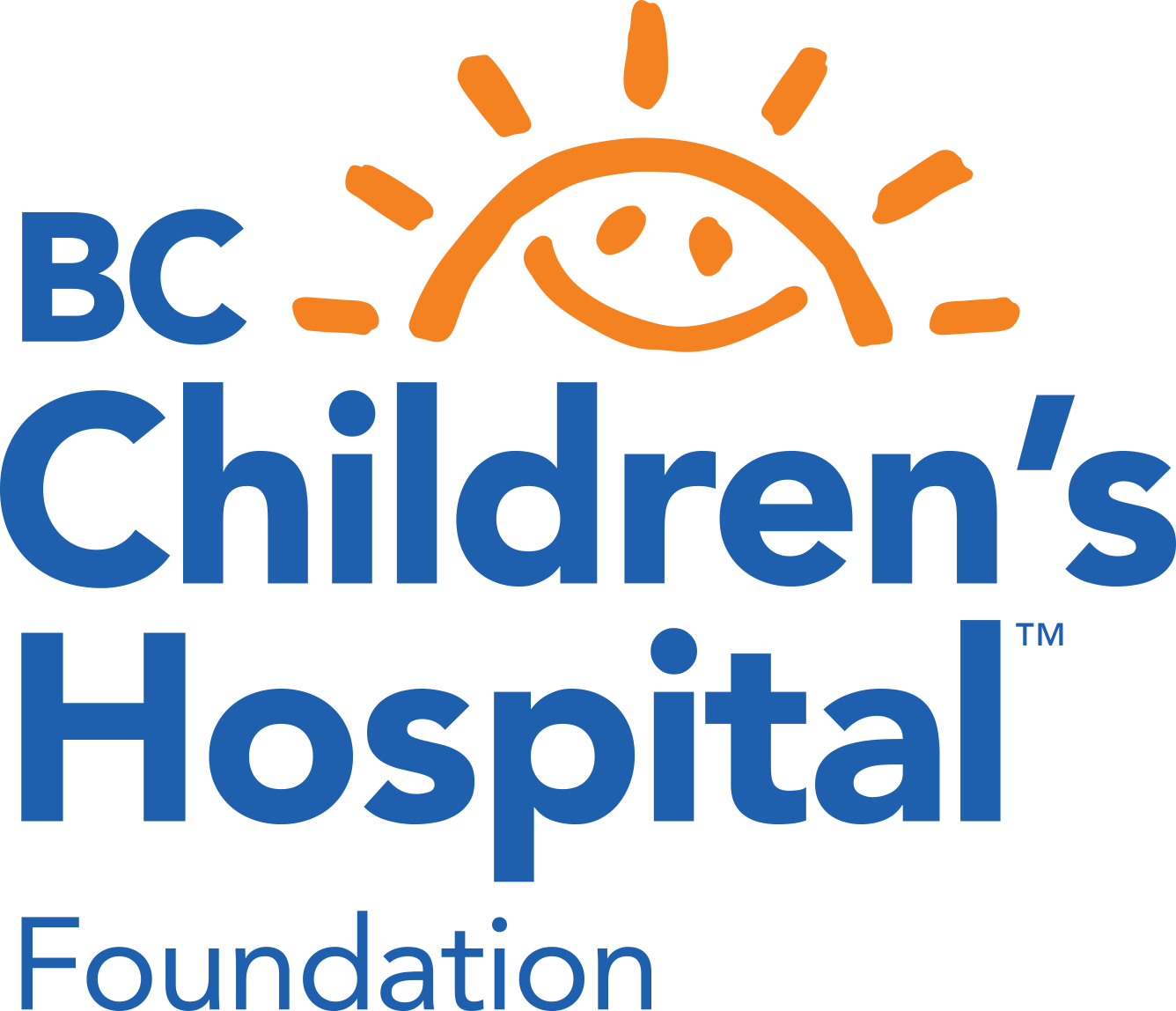Varenicline (Champix® and generic forms) belongs to a group of medications called smoking cessation aids.
What is this medication used for?
Varenicline is approved by Health Canada as a smoking cessation aid in adults. Varenicline is not approved by Health Canada for use in children and adolescents.
However, when potential benefits outweigh risks, varenicline may be prescribed “off-label” to adolescents for smoking-cessation treatment along with counselling to help stop smoking. Learn more more about off-label medication use: http://bit.ly/KMH-off-label-use
Tell your doctor or pharmacist if you:
- Have allergies or bad reactions to a medication
- Take (or plan to take) other prescription or non-prescription medications, including natural medicines. Some medications interact with varenicline. Your doctor may adjust medication doses or monitor for side effects.
- Are using any form of nicotine replacement therapy such as patches, gum, inhaler, or spray.
- Have a history of epilepsy or seizures, heart or kidney disease, or diabetes.
- Have a history of depression or other psychiatric conditions.
- Miss a menstrual period, are pregnant, breast-feeding, or planning a pregnancy.
- Use alcohol or drugs. Taking varenicline together with certain substances may cause a bad reaction. Learn more at www.DrugCocktails.ca
When will the medication start to work?
It may take 1 to 2 weeks before the benefits of varenicline are noticeable. After 1 to 2 weeks, you may notice you crave cigarettes less often.
It is important that you continue taking varenicline regularly even if there are no improvements in the first few weeks. Talk with your doctor if you feel that varenicline has not been helpful or if side effects are too bothersome. Your doctor may recommend switching you to a different medication.
How do I take this medication?
Varenicline is usually taken once or twice daily, at the same time(s) each day with or without food. Usually, you will start with a low dose and slowly increase this dose over several days, based on how you tolerate it.
There are several approaches to setting a date to quit smoking. You may decide on a fixed quit date (starting varenicline and quitting smoking completely after 1 week of treatment), a flexible quit date (starting varenicline and quitting smoking completely after 1-5 weeks of treatment), or a gradual quit date (starting varenicline and reducing smoking by half after 4 weeks of treatment, by half again after 8 weeks of treatment, and then quitting smoking completely after 12 weeks of treatment).
Varenicline is available in tablets that are taken by mouth. The tablets must be taken whole with a full glass of water. Do not crush, chew, or divide tablets.
This medication is not addictive. Do not stop taking it before talking to your doctor.
Possible common or serious side effects:
Side effects may be more common when starting a medication or after a dose increase. Talk to your doctor, nurse or pharmacist if any side effect concerns you.
- Dizziness, headache, unusual tiredness or weakness, or difficulty concentration
- Diarrhea, constipation or increased gas (flatulence)
- Increased appetite or weight gain
- Nausea or vomiting
Contact your doctor immediately if you experience:
- Unexplained rash or red, swollen, blistering skin
- New or worsening seizures, agitation or confusion
- Shortness of breath
- Unusual swelling in any part of the body
- Irregular heartbeat or chest pain
- Thoughts of hurting yourself, suicide, increased hostility or worsening symptoms
- Getting out of bed without being fully awake and taking part in activities you are not aware of and do not remember (complex sleep-related behaviors)
What precautions should my doctor and I be aware of when taking this medication?
- Many medications may interact with varenicline, including forms of nicotine replacement therapy (NRT) such as patches, gum, inhaler or spray. Combining varenicline and NRT may cause more side effects and is unlikely to improve your chances of quitting. If you are (or begin) taking any other prescription, over-the counter medication, natural health product or supplement, check with your doctor or pharmacist to see if they are safe to use.
- Varenicline can cause a rare side effect developing serious rash over larger areas of the body or mucus membranes (such as eyelids, nostrils, mouth and genitals). This usually also includes a fever. Varenicline can also cause a rare side effect called angioedema, involving swelling of the face, mouth, neck, arms and legs. It is important to seek medical advice immediately if you develop any rash, skin reaction or unusual swelling while taking varenicline.
- While taking this medication, if you feel dizzy, drowsy or slowed down, do not drive a car or operate heavy machinery. Alcohol could make this worse. Try to avoid alcohol while taking varenicline.
What special instructions should I follow while using this medication?
- Keep all appointments with your doctor and the lab.
- Your doctor may want to meet with you over time to make sure varenicline is working well for you and monitor for side effects.
- Do not allow anyone else to use your medication.
What should I do if I forget to take a dose of this medication?
If you forget to take a dose of varenicline, take the missed dose as soon as you remember. However, if it is within 4 hours of your next scheduled dose, skip the missed dose and continue with your regular dosing schedule. DO NOT double your next dose to try to ‘catch-up’.
How do I store this medication?
Keep this medication in the original container, stored at room temperature away from moisture and heat and protected from light. Keep this medication out of reach and sight of children.
How does this medication work?
Varenicline mimics the effect of nicotine in the body. It reduces the urge to smoke (cravings) and relieves withdrawal symptoms. It also decreases the sense of pleasure that people get from smoking cigarettes. The exact way varenicline helps with quitting smoking is not fully known.
How well does the medication work in children and adolescents?
Varenicline has been shown to be more effective than placebo (an inactive pill) for quitting smoking in adolescents 17 years of age or older. Varenicline has been shown to be no better than placebo in adolescents under 17 years of age. Varenicline is intended to be used in combination with education and counselling to help stop smoking.
How long should I take the medication for?
Your doctor will discuss the benefits and risks of taking varenicline with you. At this time, you can also discuss how long you might need to take this medication.
Most people taking varenicline to stop smoking will take it for 12 weeks. If you successfully quit smoking by the end of 12 weeks of treatment, an additional 12 weeks of varenicline may be recommended by your doctor to reduce the risk that you will start smoking again. If you are motivated, but fail to quit smoking during the 12 weeks of treatment, you can try again once you have identified and addressed the factors that may have caused you to have trouble quitting smoking.
Do not increase, decrease, or stop taking this medication without discussing it with your doctor. If you stop taking varenicline suddenly, it is possible that you may have increased urges to smoke (cravings) or you may have a bad reaction.



